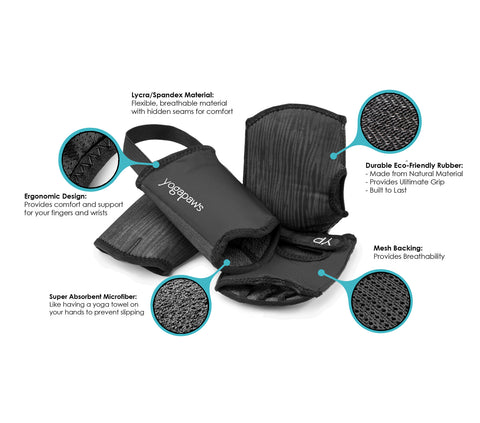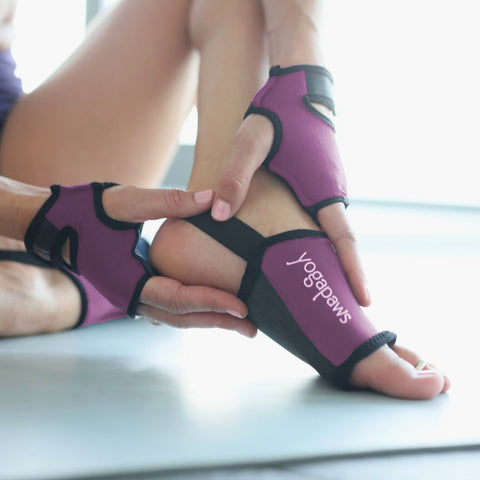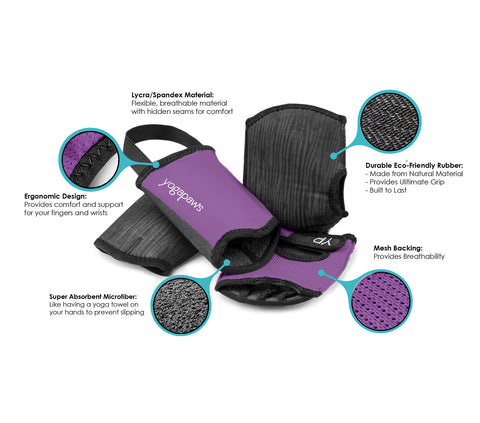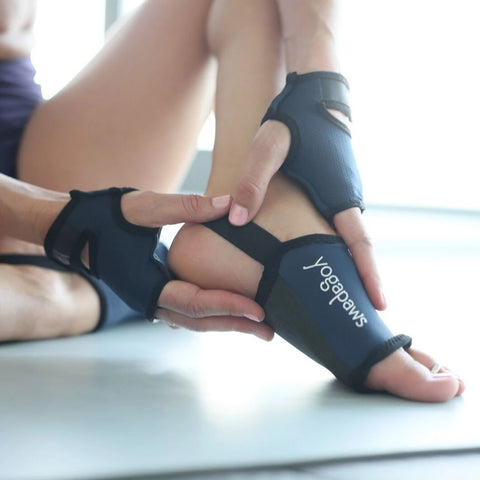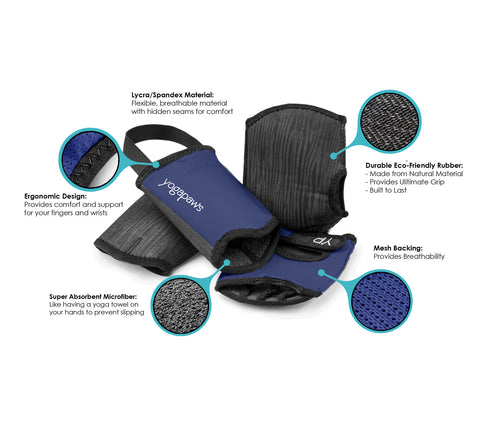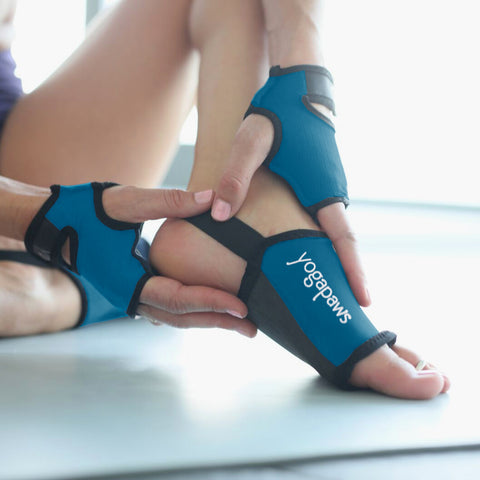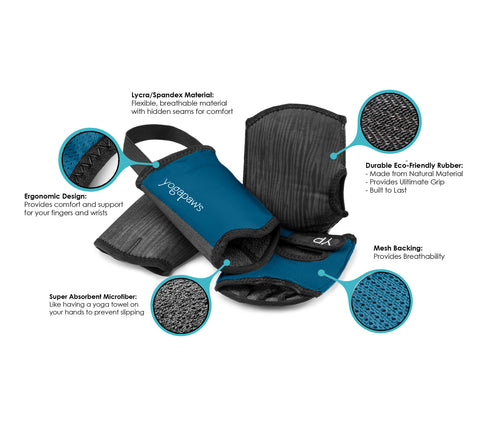Posted on January 21 2019

Let’s be honest – inversions are mesmerizing! In the age of Instagram and Pinterest, there is no shortage of amazing images of yogis doing gravity-defying handstands all over the world. However, they are often some of the most challenging postures. They can also be terrifying. Inversions literally flip your world upside down and force you to balance on limbs that you’ve probably never had to use to uphold your bodyweight before.
So why try inversions in the first place? Headstands and handstands actually have many physical benefits for the body. They build strength in your core, arms, shoulders, and neck. Not only will they make you strong, but they help improve your balance and can also make you feel happier since direct blood flow to your brain has a very calming effect on the body.
Whether you’re a beginner or an experienced yogi, here are some tips for overcoming your fear of trying inversions:
Learn How to Fall Correctly
One of the biggest fears people have of trying handstands is the fear of falling and getting hurt. That’s why it is so important to learn how to fall correctly. Even the most advanced yogis fall sometimes - it’s all part of the process. However, there are ways to do it without straining your neck or back and causing injury. If you feel like you are falling backward, try tucking your chin into your chest and somersaulting out of the posture. If you tend to fall more sideways, you have the option to cartwheel out of the posture. Either way makes for a safe and effective landing that won’t strain your body.
Use Props – But Don’t Get Too Attached!
If you are new to inversions, props such as a wall or block are very helpful for supporting you while you start to get the feel and muscle memory in a handstand.
A word of caution – don’t get too attached to using the wall. It is a great place to start but can soon become a crutch if used too often. Handstands are just as much mental as they are physical, so be sure to ease yourself away from the wall to test your skills and trust your strength.
Break the Inversion Down into Smaller Steps
If a full inversion seems like too much of a jump for you, start by breaking down the posture into smaller segments. Make sure your body is properly warmed up as well. Start with handstand hops or L-shaped pose to get the feeling of transferring weight from your feet to your hands. Once you get more comfortable with these smaller movements, you will start to become more comfortable and confident in your abilities.
Have a Professional Check Your Alignment
Sometimes the biggest roadblock to getting your handstand is alignment. You may think you have great alignment, but maybe your back is too curved, or your hands are too far apart. These may seem like small things, but they can throw off your balance and make the posture more difficult. You won’t know unless you seek help from a professional.
Practice often, be patient and trust the process
Getting your handstand or headstand can seem like a grueling process. For some people, it can take months or even years of practice to get it right. Trust your body and trust the learning process. Don’t compare yourself to someone else’s practice. Everyone has different strengths and skills. Practice makes perfect!
Below are Three Poses on the Evolution to Handstand:
 |
Sirsasana I (Headstand Pose)Benefits: As with many of the inversion poses, when your brain needs to find peace, this is a pose to take away mind-fog, relieves stress, and boost your energy. It strengthens your arms, lungs, and core. How it's done:
|
 |
Pincha Mayurasana (Forearm Stand)Benefits: This inversion stimulates blood flow to your head, strengthens your shoulders, and promotes core balance. How to do it:
|
 |
Adho Mukha Vrksasana (Handstand Pose)Benefits: This inversion stimulates blood flow to your head and strengthens your arms, wrists, and shoulders. It promotes core balance. How to do it:
|

AUTHOR BIO
Stephanie Morgan is a yoga instructor and lifestyle blogger from Chicago! Yoga has impacted her life in so many ways, and she loves having the opportunity to teach and share her practice with others. She hopes to encourage and inspire other people to follow their dreams and find new levels of possibility in their minds and bodies by bringing their practice off their mat and into their lives! You can find her blog at www.XoStephMorgan.com
Instagram: www.Instagram.com/XoStephMorgan
Facebook: www.Facebook.com/XoStephMorgan
Twitter: www.Twitter.com/XoStephMorgan
Thanks for reading! Feel free to take 10% off your next order with code: PAWBLOG


